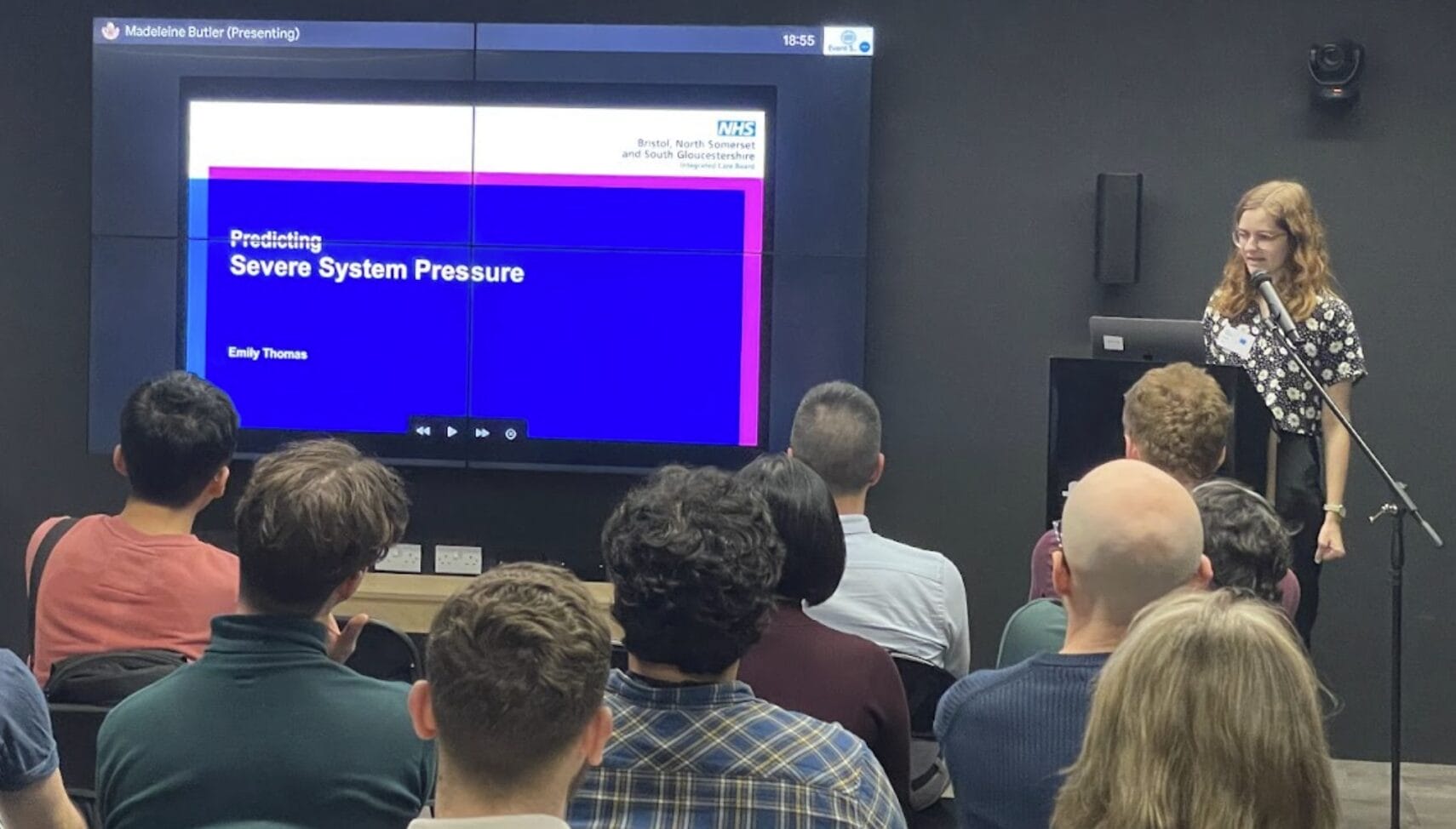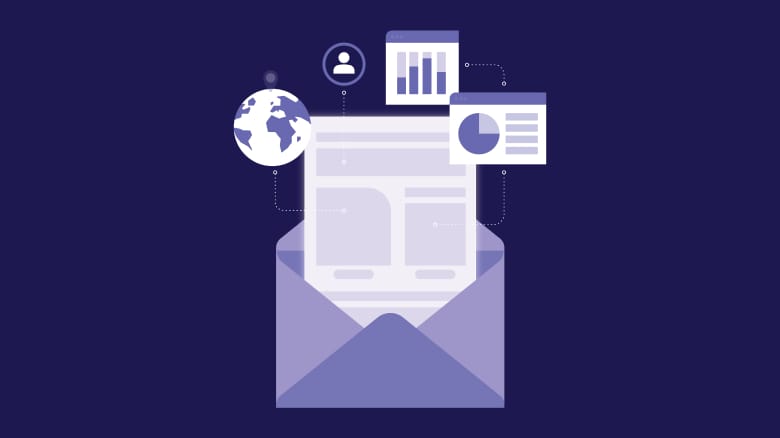Blog
How our Computational Twin architecture could improve patient flow

The NHS is in many ways one big supply chain.
Similar to an e-commerce business, there are a group of people who need a product or service, and who need it at a certain time and place.
But there is one major difference. Instead of customers, there are patients – and instead of a customer not getting a product when a supply chain goes wrong, patients may suffer harm.
Decisions around the allocation of staff, equipment and medicine, but also how patients move through the NHS, are genuinely matters of life or death. Yet these decisions have been made even more difficult by additional challenges the NHS faces.
At one end, ambulance response times are declining, and there are queues outside A&E – but at the other end there are patients with complex discharge requirements or unable to move into social care. As well as immediate strain on NHS staff and risks to patients, it makes it harder to work through elective backlogs.
A key part of solving the challenge is to model each stage of the patient pathway, understand drivers of performance now, and play through scenarios of how to improve decisions at each stage.
It is here that the Computational Twin architecture could help.
What is happening, what will happen, and what you should do
At first glance, this may sound like an alien concept – yet things like them have been around since the 1960’s. It’s only now though they are starting to show their promise for most organisations.
Simply put, the Computational Twin architecture is a digital version of an organisation’s operations. They tell you what is happening in your organisation, in real time, and by analysing multiple data sources. It captures key processes to tell you what is happening now, what will happen, and what you should do next.
They are also fundamentally different to a “digital twin”, which is a virtual representation of an object or system used for anything from understanding how a building’s airflow works, to overseeing a manufacturing process.
The Computational Twin architecture is broader than this. It captures key organisational processes to make predictions about what will happen in the future. It uses machine learning and other techniques to help decision-making.
Balancing urgent and non-urgent care
Why would this help the NHS?
Well, say you are an NHS bed manager and you need just the right amount of beds to treat patients coming from A+E. You want enough free beds, in the right wards, to treat patients set to arrive today – but not too many, as those beds could be used for non-urgent care.
Getting the numbers right depends on correctly predicting patient demand, as well as other factors such as age and sex. Connecting these demands into the Computational Twin architecture means staff can immediately understand the repercussions, and manage capacity in a way that balances both urgent and non-urgent care.
When embedded in an organisation, users can change one part of their process or workflow, there and then, and test the result.
So NHS staff could test the impact of, say, doing more elective surgery and instantly see what the impact of that would be on capacity for A+E patients. They could try allocating patients to different speciality wards, or opening side bays, or even swapping the sex of patients in certain wards.
The Computational Twin architecture could also help preempt complex discharge requirements so care packages can be prioritised earlier. As integrated care systems begin to operate, the Computational Twin architecture could help connect and share information across health and community care settings.
By combining human and machine intelligence and playing through scenarios, operational decisions can be improved and ultimately more patients can be treated.
Crucially, testing like this means no impact on day to day activities. There is no need to “reverse” a decision if it turns out to be wrong, and absolutely no impact on patient care.
The best of human and machine intelligence
The human elements involved in operational decision making remain as vital as ever.
But some decisions are just too complex – and the consequences too great – for humans to make alone. Decision intelligence is the future, with humans and machines working together, leading to evidence-based decisions and an end to relying solely on the past to predict the future. We deliver this with our Computational Twin architecture.
Hospitals shouldn’t have to guess what demand might be on their services. They should know, and be able to make the best possible decisions at the earliest possible moment to provide optimum patient care.
To find out more about how Computational Twin architecture in the intelligence software Frontier delivers, click here.




